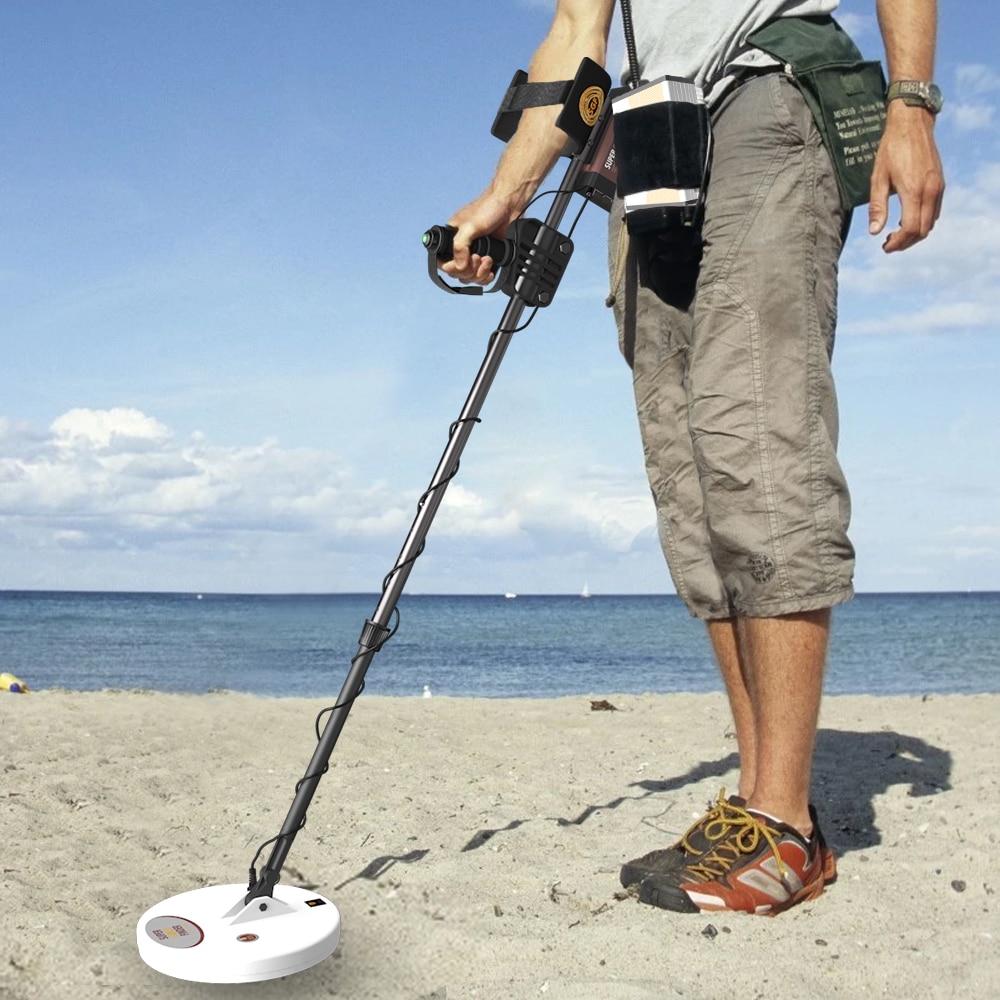Bagging Machines: Revolutionizing the Packaging Industry
In today’s fast-paced world, efficiency and productivity are key factors that drive businesses to succeed. The packaging industry is no exception, as companies strive to meet high demands while maintaining quality and precision. One incredible innovation that has transformed this industry is the bagging machine. These powerful machines have revolutionized the way products are packaged, providing businesses with increased speed, accuracy, and convenience.
Bagging machines are ingenious devices that automate the packaging process, reducing manual labor and human error. With their ability to handle a wide range of products, from food items to industrial supplies, they have become an integral part of countless industries. Packaging bulky and heavy products used to be a tedious and time-consuming task, but with the advent of bagging machines, it has become a breeze.
One particular aspect that deserves special mention when discussing bagging machines is weight calibration. Accurate weight calibration is crucial in ensuring that the products are packaged correctly and that the package weight matches the intended weight. This process helps businesses avoid losses, maintain customer satisfaction, and adhere to regulations.
The bagging machine weight calibration process involves setting up the machine to dispense the desired weight of product into each bag consistently. This calibration process can be done manually or automatically, depending on the capabilities of the machine. Manual calibration may require meticulous adjustments and multiple trial runs, while automatic calibration utilizes advanced software algorithms to ensure precise measurements with minimal effort.
Bagging machine weight calibration plays a vital role in various industries. In the food industry, for example, where portion control and accurate labeling are essential, bagging machines with precise calibration capabilities are indispensable. This ensures that customers receive the correct quantity of product and that nutritional information is accurately displayed on the package.
In the industrial sector, bagging machines with weight calibration help streamline inventory management processes. By accurately measuring and packaging supplies, these machines aid in controlling stock levels, reducing waste, and optimizing supply chain operations. Moreover, the ability to calibrate the machines ensures compliance with industry standards and regulations, fostering trust and reliability between businesses and their customers.
With the advancement of technology, bagging machines have undergone significant transformations. From simple manual machines to complex automated systems, these devices have become highly sophisticated and customizable. They are equipped with advanced features such as sensors, intelligent control systems, and user-friendly interfaces, making them accessible and efficient for operators of all levels of expertise.
Bagging machines also come in various types to cater to different packaging needs. For instance, vertical form-fill-seal (VFFS) machines are widely used for packaging solid items, while horizontal form-fill-seal (HFFS) machines are suitable for packaging products that require a flat or wide profile. Each type of bagging machine offers unique advantages and can be tailored to specific industry requirements.
The integration of bagging machines into production lines has drastically improved overall efficiency. They can be seamlessly integrated with other equipment, such as conveyor systems and labeling machines, to create a fully automated packaging process. This integration minimizes handling time and enhances productivity, allowing businesses to package a larger volume of products in a shorter period.
The future of bagging machines looks promising, with continuous advancements in technology driving innovation in the industry. The integration of artificial intelligence (AI) and machine learning capabilities opens up new possibilities for increased automation and precision. Predictive maintenance algorithms can also be implemented, reducing downtime and optimizing machine performance.
As businesses strive for higher productivity and smoother operations, bagging machines continue to play a crucial role in the packaging industry. With their ability to automate processes, provide accurate weight calibration, and enhance efficiency, these machines have proven to be indispensable assets. Whether it’s in the food, industrial, or any other industry, bagging machines have undoubtedly revolutionized the way products are packaged, improving the overall customer experience and driving business success.
Bagging Machine
“Optimizing Bagging Machine Performance: Weight Calibration Techniques and Best Practices Explained in Detail”

